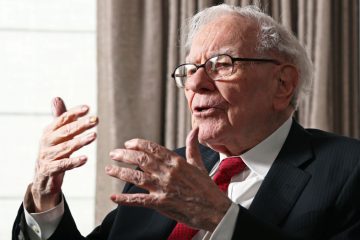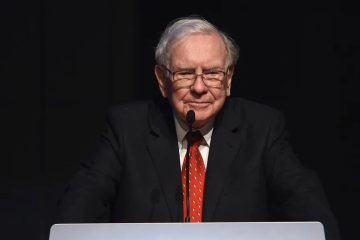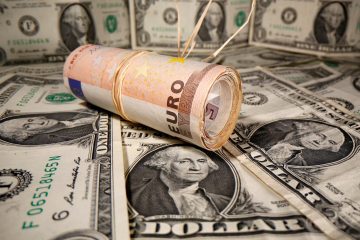Look for Income Where Yields Are High
Income investing has become more and more difficult as the world’s central banks have continued pursuing zero-interest rate policies.
When short-term money pays nothing and bond yields trend steadily downward, the prices of income stocks rise until only dangerous rubbish offers a decent yield.
However, there’s one country where shares with decent yields are easy to find, and there’s no force driving stock prices to unsustainable levels.
Better yet, this country has been so unpopular among investors recently that the local market can now be rated a “Buy” – with a decent yield, to boot.
A Damaging Re-election?
The country in question is Brazil – and the principal reason for market pessimism there is the re-election of President Dilma Rousseff.
Rousseff, imprisoned for leftist guerilla activity in her early years, is a devout believer in state control of the economy. She has increased subsidies and, by controlling domestic gasoline prices, has caused Petrobras (PBR) to struggle in meeting its massive investment goals.
Meanwhile, the Brazilian economy – which was growing at a rapid clip when Rousseff came to power in 2010 – has slowed to stagnation. The budget deficit has blown out, with the state recording its first primary deficit (before interest payments) in 20 years.
In addition, the country’s Bovespa share index is down 20% since early September, while the Brazilian real is also down about 23% against the dollar from its September level. That makes for a combined fall of almost 40% in the dollar value of Brazilian stocks.
Finally, with Rousseff re-elected, there’s a danger that the rating agencies will push Brazil’s credit rating below investment grade, which would add substantially to its borrowing costs.
On the bright side, that at least gives Brazilian stocks the potential of being fairly valued – which could in turn provide an attractive income investment.
And since her re-election, Rousseff has recognized Brazil’s problems and taken steps to address them. Her new finance minister, Joaquim Levy, is more market-oriented than his predecessor and has lowered the 2015 primary surplus goal for Brazil’s budget to 1.2% of GDP. He believes meeting a lower goal will carry more credibility than what happened in 2014, when the country had a lofty goal but missed it by a wide margin.
Reasons for Optimism
Meanwhile, the Brazilian Central Bank’s actions should boost investor confidence a bit. Immediately after Rousseff’s re-election, the bank increased its benchmark Selic interest rate from 11% to 11.25%, and it has continually raised it since then. Today, the rate stands at 12.25%.
Brazilian inflation remains a problem at its current level, which is above the Central Bank’s target band of 2.5% to 6.5%. However, the global fall in oil prices should pull it back towards the Central Bank’s target.
Plus, the Central Bank’s rate increases are a sign of its hard-money approach, which is different from almost every other central bank in the world. Indeed, Brazil’s 10-year domestic government bonds reflect this difference, as they currently yield around 12.5%.
Monetary policy has a big influence on both the economy and the markets. A tight money policy like Brazil’s reduces the amount of misguided investment in the economy, because bad investments are difficult and expensive to finance. (Of course, when Brazil’s government development bank, BNDES, hands out cheap loans like confetti, that benefit can be reduced or even negated.)
Tight money also reduces valuations for assets (home mortgages are expensive, for example). In the stock market, it both reduces valuations and dampens earnings (by making the debt portion of a company’s capitalization expensive). That makes stocks relatively cheap. At present, the Bovespa share index is selling on a P/E ratio of 6.2 times earnings, one third of the S&P 500 Index in the United States.
Finally, if the Brazilian government gets the budget deficit under control, the outlook for the country remains favorable. Labor is cheap and resources are plentiful (the latter becomes important if resource prices rebound).
Further, while the prospective 2016 Rio Olympics has been a drain on government budgets recently, it’ll give a boost to growth in 2016 and should make the economy’s rebound after 2014’s malaise stronger than expected.
An Investment Opportunity
The iShares MSCI Brazil Capped ETF (EWZ) yields just over 4%, making it an acceptable investment for yield-oriented investors in these markets. It has an ample market capitalization of $ 3.5 billion and an expense ratio of only 0.62%. For income investors looking to diversify risk, it’s well worth a bottom-fishing investment, perhaps buying a small amount now and more later if the Brazilian economy makes further progress.
Good Investing,
Martin Hutchinson








